We may receive a commission when you use our affiliate links. However, this does not impact our recommendations.
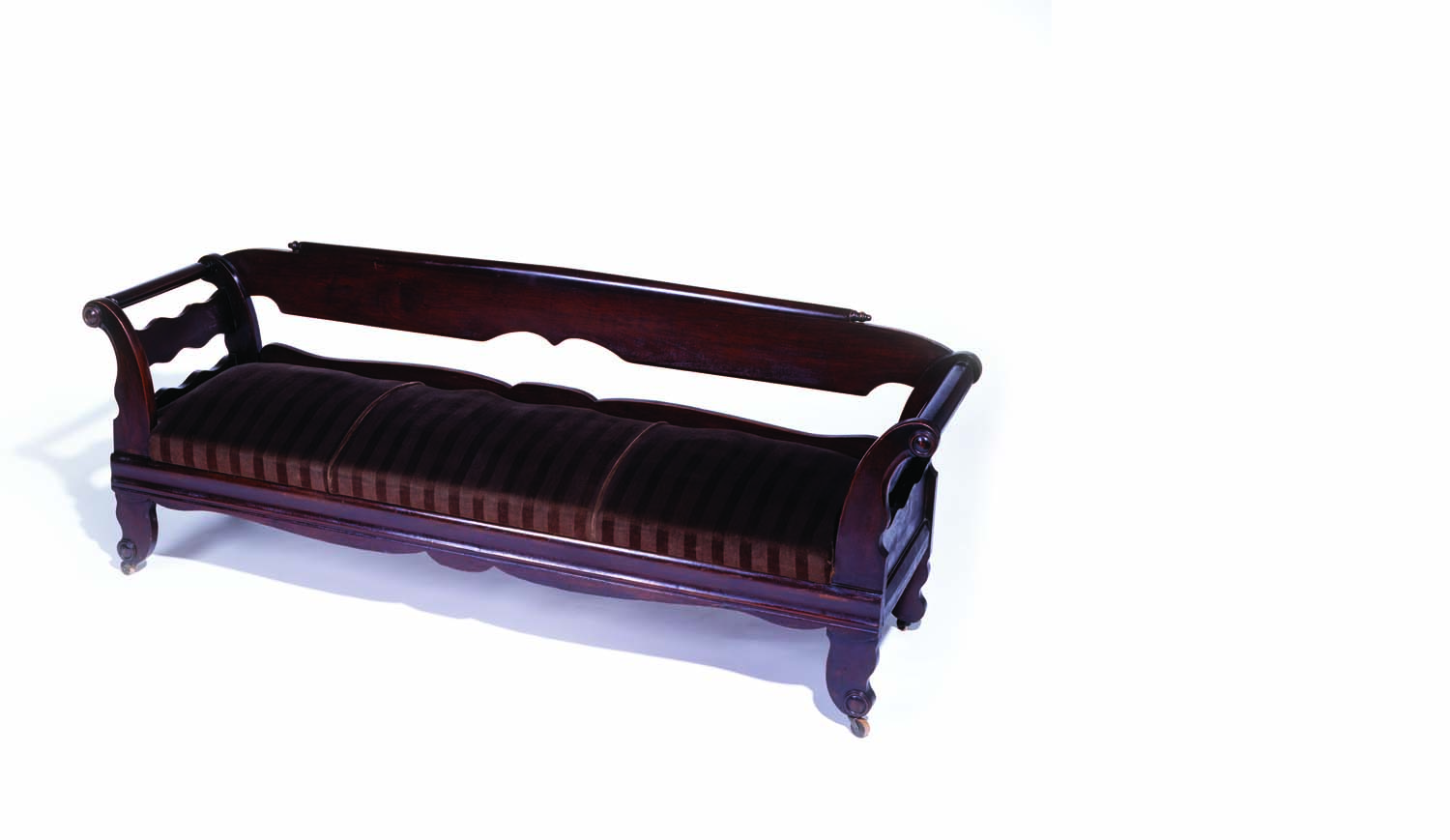
Sitting pretty. Day built all forms of custom furniture. Here, we see a settee with rolled and carved arms.
This antebellum free black man was the most successful cabinetmaker in North Carolina.
My introduction to Thomas Day came in 1998 on a shopping trip to High Point, N.C., for a bed. I stumbled across a reproduction of an antique piece that had soaring mahogany posts supporting a tester that authoritatively defined the space that the bed occupied. This effect was counterbalanced by a floating headboard. I was awestruck.
The description of the piece indicated that it was made by Thomas Day, a free black cabinetmaker from North Carolina who worked during the time of slavery and had the largest cabinetshop in the state. I was intrigued.
A Touchstone in Black History
I had always dreamed of doing 18th-century woodworking, but I didn’t know the trade was one in which African-Americans were traditionally involved. Later study revealed I was wrong, and Thomas Day’s work serves as a case in point. My world expanded that day, though I didn’t buy the bed. Instead, I made a copy of it – my first woodworking project – and I began to research the original craftsman.
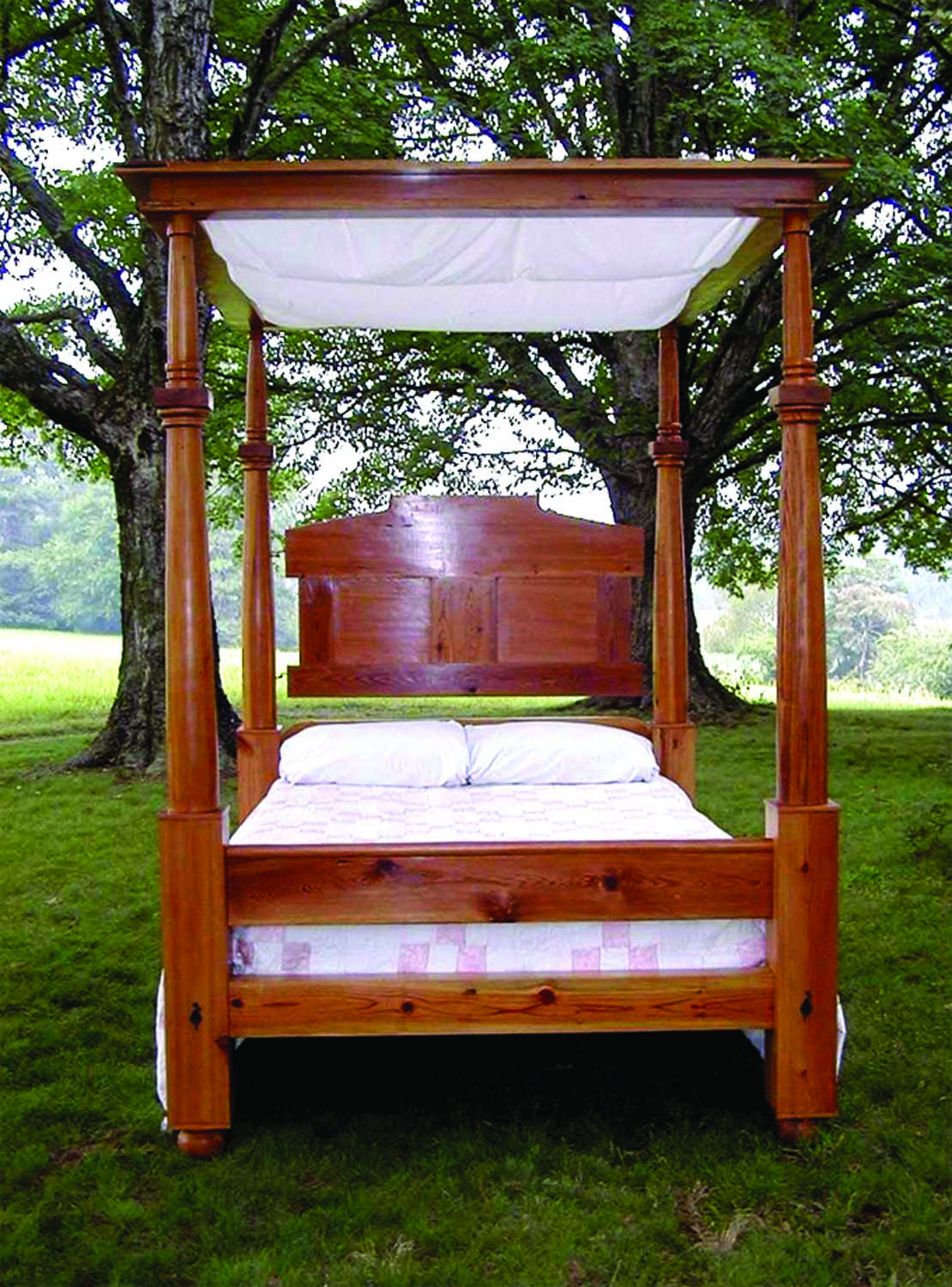
Life-changing inspiration. This reproduction bed, built by the author from recycled pine, was based on a piece by 19th-century Master Cabinetmaker Thomas Day.
Thomas Day was born near Petersburg, Va., around 1801. Both of his parents were free, and both of their families had been free for multiple generations. Thomas and his brother, John Day Jr., were educated by Quakers, and both of them apprenticed under their father, who was a master cabinetmaker.
Thomas Day’s story can’t be told without also looking at the life of his brother – also an accomplished cabinetmaker. However, as the racial climate of the country declined and the racist legal statutes aimed at free blacks became increasingly oppressive, John Day Jr. became disillusioned with the prospect of receiving fair treatment. He decided to leave the United States, a country that he dearly loved. Following his religious convictions, John Day became a Baptist, and went to Liberia as a Baptist missionary and eventually became the first chief justice of Liberia’s supreme court.
Careful Positioning in Society
Thomas Day chose a quite different route. He sought security and safety for himself and his family through his strength of character, creative genius and careful positioning of himself in white society. By 1827, he had a prosperous business in Milton, N.C., where he made and sold bespoke furniture, and offered ready-made pieces.
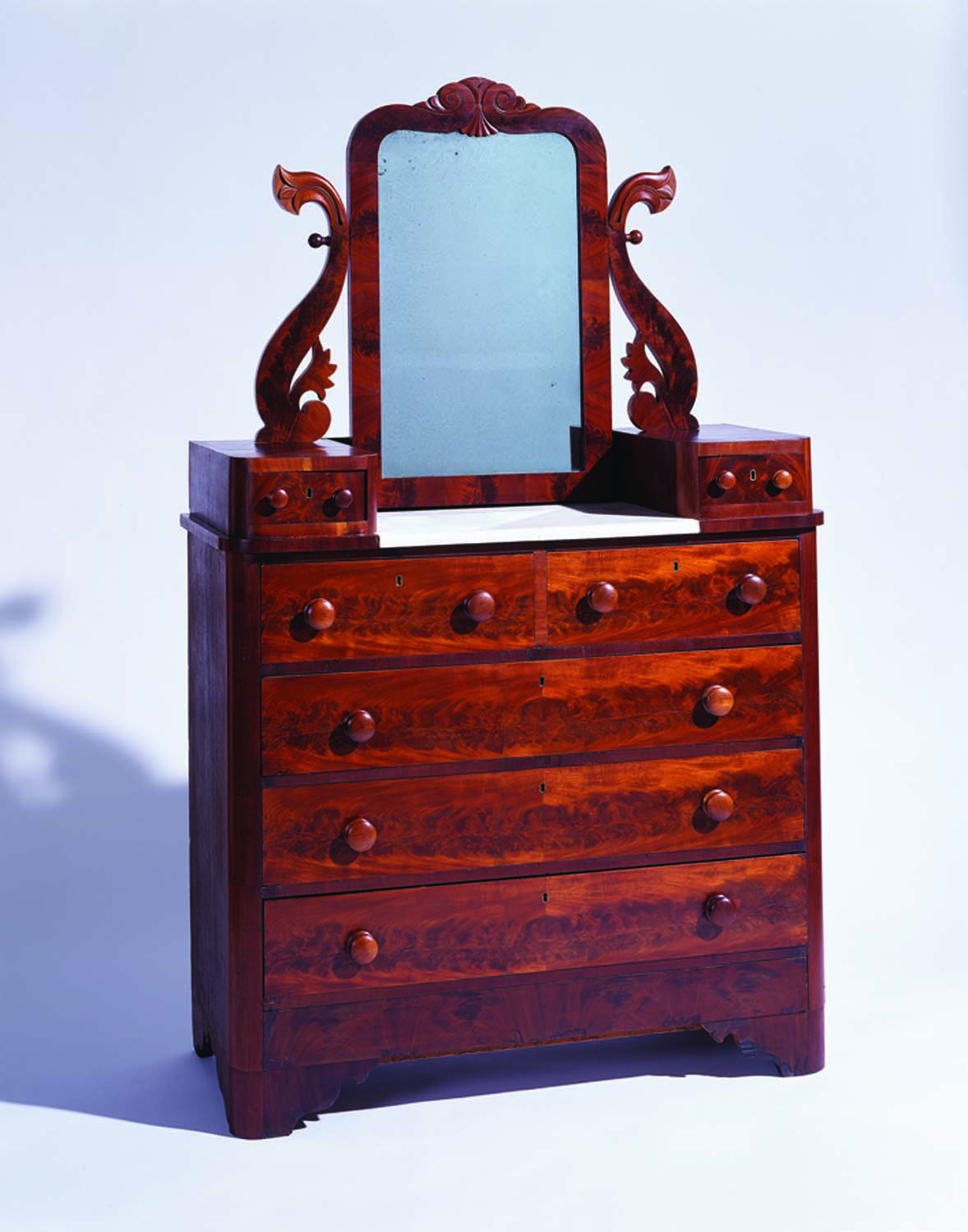
Southern charm. Day added one of his signature scrolled motifs to this ladies bureau that was made for the governor’s wife.
Day made a point of covering as much of the market as he could, and kept up with the latest styles. He produced work in Gothic revival, Louis XV and vernacular styles, among others. He made mahogany and walnut furniture that was coveted by the governor and members of elite society throughout the state. For them, he designed house interiors. To date, more than 80 interiors have been identified as Day’s work, in large part due to his distinctive newel posts and mantels. But Day also worked in stained poplar, pine and oak for the lower end of the market, and he made coffins, then provided transportation to the graveyard as well.
By 1838, Day had 21 men working in his shop, including white master cabinetmakers, free blacks and slaves that he owned. In 1850, his shop made one-sixth of all the furniture built in North Carolina, which made him the most prolific cabinetmaker in the state. And by 1855, he had a credit rating of $40,000.
To help alleviate the legal restrictions to his rights as a citizen, Day forged judicious relationships with white society. He specialized in providing the most fashionable furniture to the most powerful members of white society. He attended the Milton Presbyterian Church and made the pews for the church with the stipulation that he be allowed to sit with the white congregation. And most notably, Day owned slaves, which garnered him trust and acceptance from his white patrons.
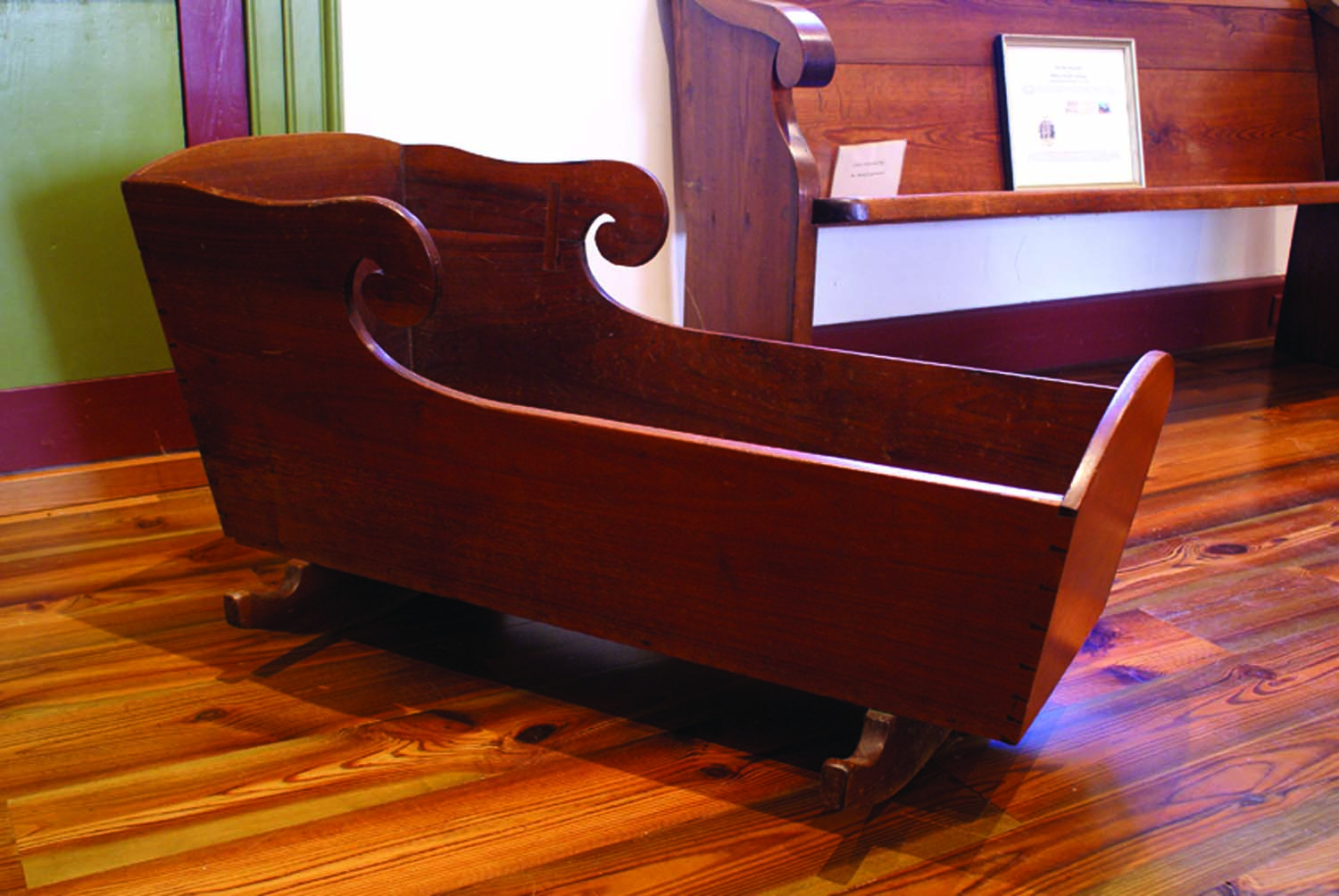
Simple elegance. This simple cradle by Day has none of the distinctive carving of much of his work, but the elegant lines and curves appeal.
Day’s ownership of slaves is a thorny issue, and there is conflicting evidence about what he believed. We know that the slave labor in his shop enabled him to keep his prices competitive. We also know that Day was educated by Quakers who engaged in apprenticing slaves with the idea of their being eventually freed and prepared to earn a living. Were the slaves in Day’s shop laborers, apprentices or master cabinetmakers? Were they allowed to buy their freedom? We simply don’t know, but perhaps further research will provide answers.
To further muddy the picture, we know that Day sent his three children to what was considered a “flaming abolitionist” boarding school. And, scholars are now reviewing evidence that Day attended an abolitionist meeting in Philadelphia – no small action. If he did and word of it reached Milton, Day’s life, his family member’s lives and their livelihood would have been in grave danger.
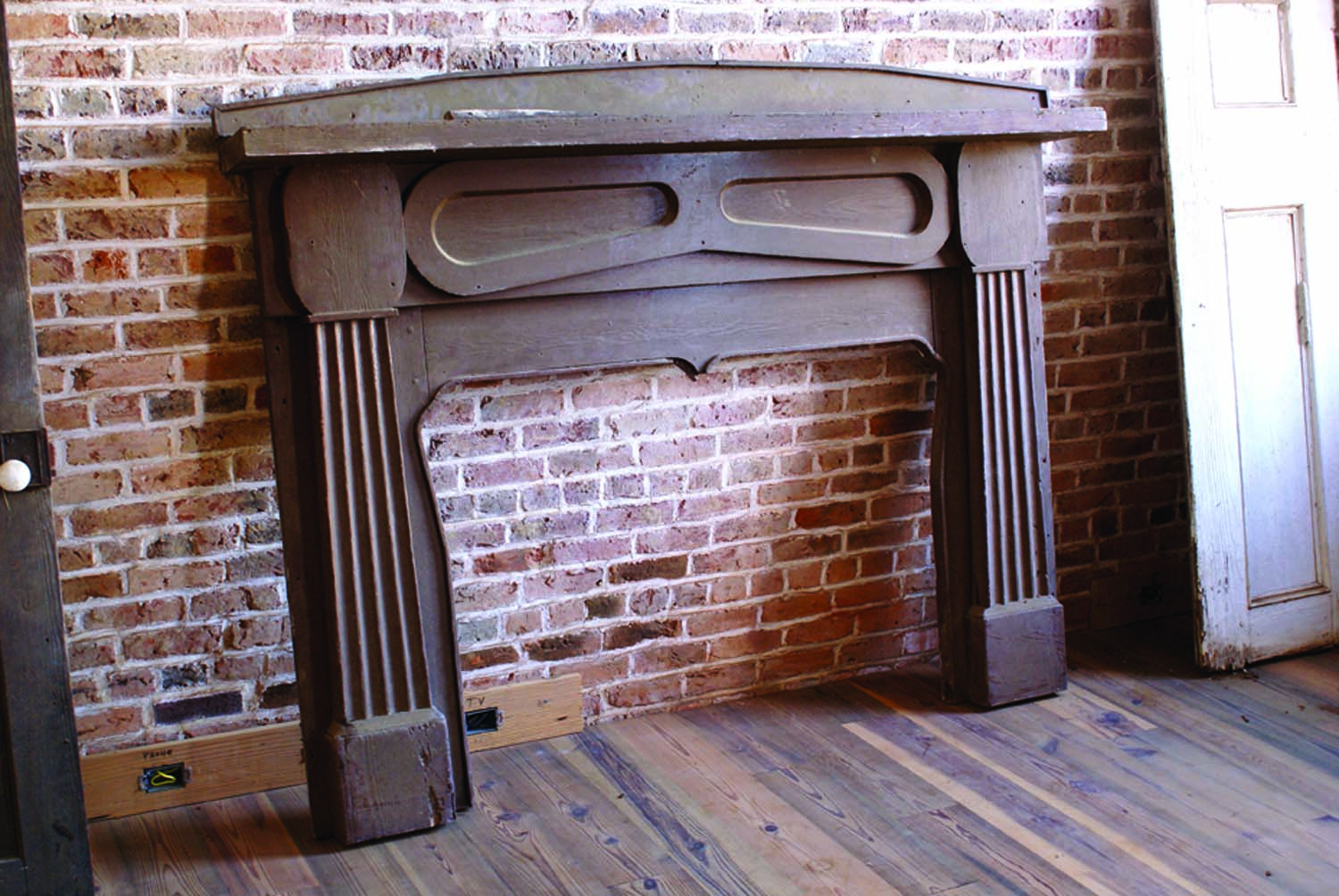
A distinctive look. In addition to building furniture, Day built interior woodwork pieces for the homes of important clients. More than 80 examples of his interior work have been identified, in part due to his distinctive mantels.
Day’s efforts to provide a level of personal freedom for his family succeeded on some fronts. In 1830, he married Aquilla Wilson, who lived in Virginia. State laws barred free blacks from moving into North Carolina, but the citizens of Milton successfully petitioned the state legislature to allow her to move to Milton. In addition, Day was allowed to travel, both in the state and around the country, at will. His children lived outside of North Carolina for extended periods of time while they were in school. All of this was outside the bounds of the law.
A Sad Ending
Despite his personal and professional success, Day’s business ended on a sad note. A national bank crisis in early 1857 caused one in three businesses to fail, and Day had trouble collecting on money he was owed – money he needed to pay off debt from a new steam engine he’d purchased for his business.
In addition, his health was failing, which made it impossible for him to keep up with the number of orders necessary to stay afloat. In 1859, his business was declared insolvent. Though his son was able to pay off the debt by 1864, we believe Day died in 1861, so he didn’t live to see the business he’d built recover.
A Legacy in Wood
The works that Day left behind range from the mundane to the avant-garde. He took standard popular forms and patterns, and transformed them with his own motifs. His work is made distinct by its undulating lines, flowing shapes and decisive use of negative space.
Some suggest that Day’s creative genius was the result of his using woodworking as an outlet to express the isolation and frustration he felt living in the antebellum South. Others have suggested that it is his African heritage expressing itself. Still others say that until we further explore the African-American artistic aesthetic, we won’t know. I suspect they are all correct.
An Education and Inspiration
A decade after my discovery of Day and his work, he’s become an integral part of my life. I now interpret the maker and his work for the Thomas Day Education Project and various museums and historic sites.
I appreciate Day because he challenged many of my preconceptions and has caused me to stretch my knowledge base. Because of Day, my definition of what a cabinetmaker looks like has changed. Because of Day, my definition of “good furniture” has changed. Because of Day, I was inspired to follow my dream of doing period woodworking with a focus on Southern pieces.
The lives of every cabinetmaker whose furniture we copy are written all over their pieces. Pay attention to those stories; they have much to offer. And their stories just may help you revise your own.
Additional Reading “Thomas Day: Master Craftsman and Free Man of Color,” by Patricia Marshall and Jo Leimenstoll, takes an in-depth look into 160 pieces of furniture and architectural woodwork produced by Thomas Day.
Jerome is a historic interpreter, furniture maker, dairy farmer, quilter and upholsterer who lives in Mebane, N.C.
Here are some supplies and tools we find essential in our everyday work around the shop. We may receive a commission from sales referred by our links; however, we have carefully selected these products for their usefulness and quality.









Jerome, I was just in the Greensboro, NC historical society museum and saw a poster about Day. I returned home and wanted to find out more about Mr. Day. I also am inspired by his history and his work. I sent the link to Day’s bio to Chris Schwarz and he sent me the link to your story. Very interesting. Thank you for the story and someday I hope to see Day’s furniture in person and visit the “tavern” in Milton.
Kevin